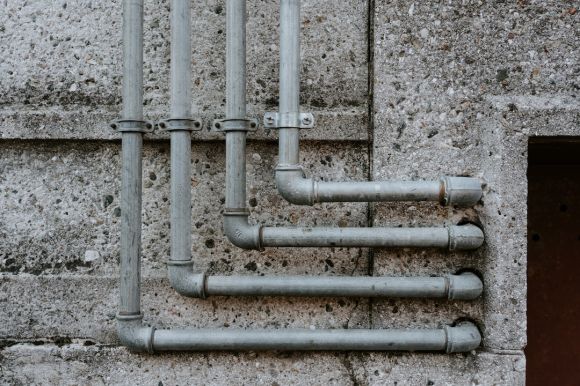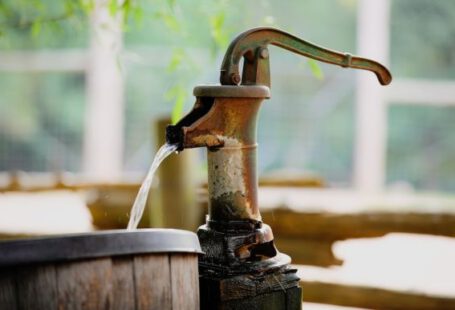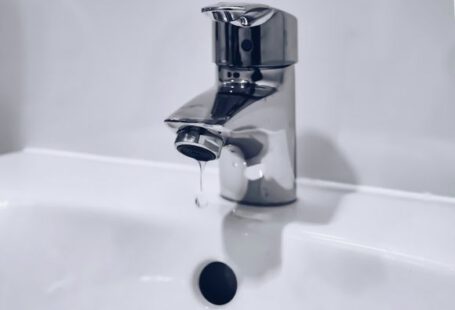Plumbing plays a crucial role in our everyday lives, providing us with clean water and removing waste. However, traditional plumbing systems can have a negative impact on the environment due to water waste and energy consumption. As the world becomes more conscious of the need to protect our planet, eco-friendly plumbing has emerged as a trend, offering innovative techniques to reduce water usage, conserve energy, and minimize environmental harm. In this article, we will explore some of the latest trends and techniques in eco-friendly plumbing.
Water-Efficient Fixtures
One of the most significant advancements in eco-friendly plumbing is the development of water-efficient fixtures. Traditional faucets, showerheads, and toilets tend to use excessive amounts of water, leading to unnecessary wastage. However, water-efficient fixtures are designed to minimize water usage without compromising performance.
For instance, low-flow showerheads can reduce water consumption by up to 50% compared to traditional showerheads. Dual-flush toilets offer two flushing options, allowing users to select a lower water volume for liquid waste and a higher volume for solid waste. Faucet aerators can also be installed to reduce water flow rates without affecting the water pressure.
Greywater Systems
Another prominent trend in eco-friendly plumbing is the use of greywater systems. Greywater refers to wastewater generated from activities such as showering, bathing, and laundry. Instead of sending this water directly to the sewage system, greywater can be collected, treated, and reused for non-potable purposes such as irrigation and toilet flushing.
Greywater systems typically involve the installation of separate plumbing lines to collect and distribute greywater. Treatment methods such as filtration and disinfection ensure the water is safe for reuse. By implementing greywater systems, households can significantly reduce their dependence on fresh water sources, conserving this valuable resource.
Rainwater Harvesting
Rainwater harvesting is another technique gaining popularity in eco-friendly plumbing. This method involves collecting rainwater from rooftops and storing it for later use. Rainwater can be harvested using gutters and downspouts, which direct the water into storage tanks or cisterns.
Stored rainwater can be utilized for various purposes, including irrigation, washing cars, and even flushing toilets. By utilizing rainwater, households can reduce their reliance on municipal water supplies, especially during dry seasons or in areas with water scarcity.
Smart Plumbing Technology
Advancements in technology have also paved the way for smart plumbing systems, which optimize water usage and enhance efficiency. Smart plumbing technology utilizes sensors, meters, and automation to monitor water flow, detect leaks, and adjust water usage accordingly.
For example, smart irrigation systems can adjust watering schedules based on weather conditions, soil moisture levels, and plant needs, ensuring that water is not wasted. Leak detection systems can identify even small leaks in the plumbing system, allowing for timely repairs and preventing water waste.
Conclusion: Embracing Eco-friendly Plumbing
As our planet faces increasing environmental challenges, it is crucial to embrace eco-friendly plumbing practices to conserve water, reduce energy consumption, and minimize environmental harm. Water-efficient fixtures, greywater systems, rainwater harvesting, and smart plumbing technology are just a few examples of the innovative techniques available today.
By adopting these trends and techniques, both households and businesses can contribute to a sustainable future while enjoying the benefits of reduced water bills and a more eco-friendly lifestyle. Let us embrace the power of eco-friendly plumbing and make a positive impact on our environment.



